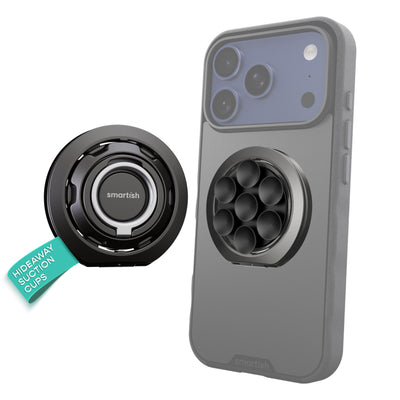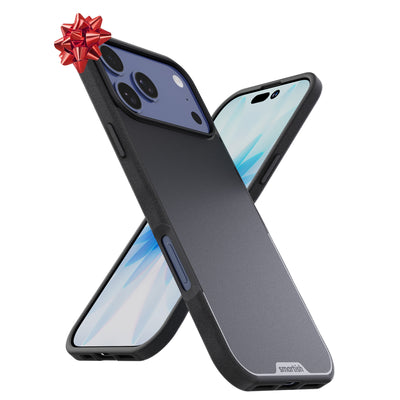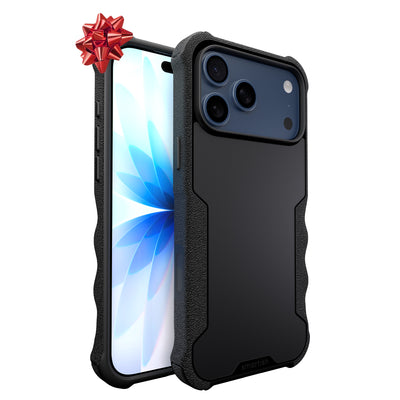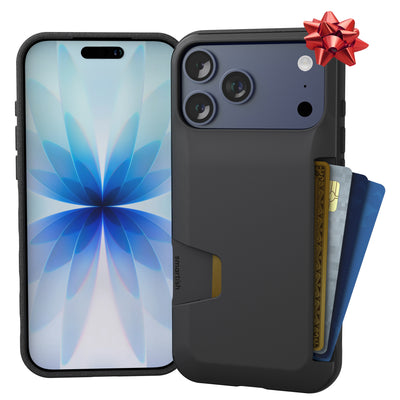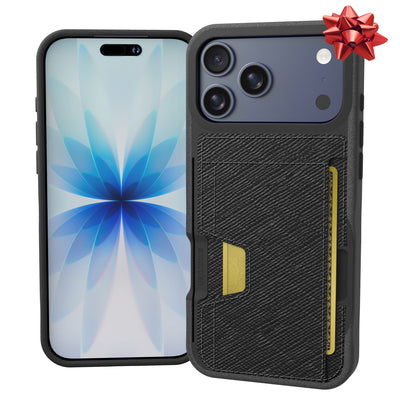YOUR GUIDE TO WIRELESS CHARGING
One such life hack the world didn’t know it needed was wireless charging. The funny thing is, wireless charging has technically been around since Nikola Tesla discovered and demonstrated energy transmission without the use of pesky cables in the late 1800s. It wasn’t until relatively recently that this technology was made a practical part of everyday life in the form of Qi chargers.
So here's the rundown of FAQs surrounding wireless charging. Let's go!
How does wireless charging work?
So what exactly is Qi?
Is wireless charging safe?
Will wireless charging harm my battery?
How long does wireless charging take?
Does wireless charging work with a phone case?
Tips for a faster wireless charge:



